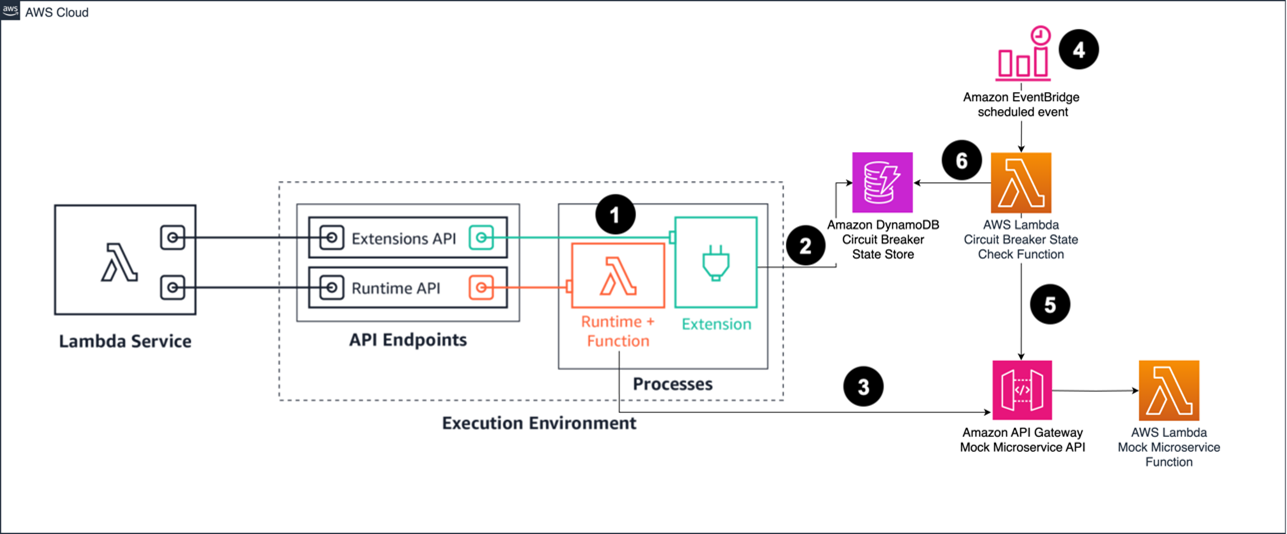Digest #138: Linus's Git Story, EC2 Boot Speed, Rootless Docker and Kubernetes Debugging
Learn about Linus's Git story, cut EC2 boot time, HashiCorp acquisition insights, and top Terraform projects.
Welcome to this week’s edition of the DevOps Bulletin!
Learn how Linear implemented multi-region support and the story behind Linus Torvalds creating Git in just 14 days. Get insights on Cloudflare's $120K demand within 24 hours, migrating from Amazon to DigitalOcean, and what developers think about the HashiCorp acquisition. Also, understand why some prefer modular architecture over microservices.
In our tutorials, find out how to cut EC2 boot time, implement rootless Docker for better security, and configure Tmux for enhanced productivity. Explore Talos, an immutable OS for Kubernetes, and simplify HTTPS implementation. Boost your resume with top Terraform projects for AWS, and learn to build a serverless exam generator. Discover how non-Go projects can misuse Go infrastructure, debug Kubernetes effectively, and optimize AWS Lambda with dynamic concurrency.
Check out our highlighted projects of the week, including Spice for data acceleration and querying, MyScaleDB for high-performance SQL vector databases, and Pug for Terraform power users. Bytehound helps analyze and optimize memory usage, while Dataherald turns natural language into SQL for enterprise queries. Additionally, explore a QuickSight dashboard for container cost allocation based on Kubecost data.
Tip of the week: Stop using spreadsheets to track cloud costs. Learn how to easily monitor expenses for specific customers across AWS and Azure.
Newsworthy Stories
Stay informed with the latest news impacting the DevOps and SRE world:
Tutorials of the week
Faster EC2 Boot Time: How to cut EC2 boot time from 40 seconds to 5 seconds by combining several optimizations like root volume streaming, instance warm pools, and instance resizing.
Rootless Docker: Implement rootless Docker for better security in multiuser environments.
How to configure tmux, from scratch: A comprehensive guide to configuring Tmux to improve your terminal productivity.
An Immutable OS for Kubernetes: How to get started with Talos, a Linux distribution optimized for Kubernetes.
Mediocre Engineer’s guide to HTTPS: A straightforward guide to understanding and implementing HTTPS.
Top 5 Terraform Projects for AWS: Boost your resume with these intermediate to expert-level Terraform projects for AWS.
Serverless Exam Generator: Build a serverless exam generator application from your own lecture content using Amazon Bedrock.
Abusing Go Infrastructure: How non-Go projects like Homebrew and Rust are unexpectedly found in Go’s checksum database.
Debugging Kubernetes: An introduction to debugging Kubernetes, focusing on common issues and best practices.
Circuit Breaker Pattern with AWS Lambda: An example application showing how AWS Lambda extensions integrate with Amazon DynamoDB to implement the circuit breaker pattern.
Dynamic Provisioned Concurrency: Discover techniques for optimizing AWS Lambda with dynamic provisioned concurrency.
Projects of the week
Highlighting cool DevOps projects to keep an eye on:
Spice is a unified SQL interface to materialize, accelerate, and query data sourced from any database, data warehouse, or data lake.
MyScaleDB is an open-source, high-performance SQL vector database built on ClickHouse.
Pug is a tui application for terraform power users. You can perform tasks in parallel, manage state resources, task scheduling, etc.
Bytehound can be used to analyze memory leaks, see where exactly the memory is being consumed, and investigate excessive memory fragmentation.
Dataherald is a natural language-to-SQL engine built for enterprise-level question answering over relational data.
A QuickSight dashboard for container cost allocation based on data from Kubecost.
Tip of the week
Are you using spreadsheets to track your cloud costs? 😒 Not anymore, in just a few clicks, you can track the cost of a specific customer (or any cost center) over time, breaking down expenses across both AWS and Azure at the resource level - Read more







